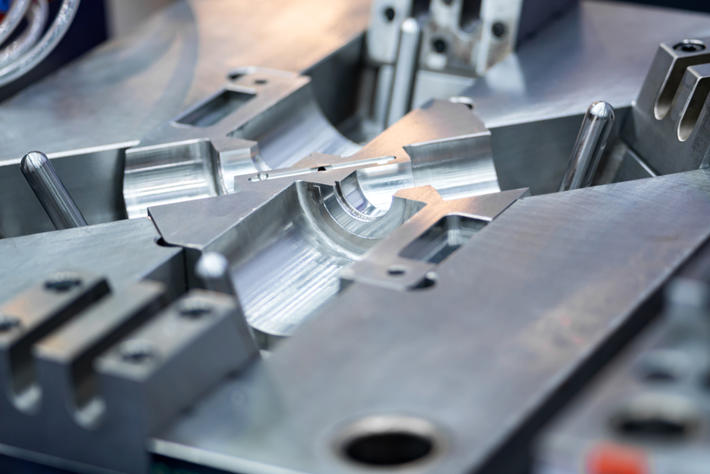In today’s fast-paced business environment, companies are constantly seeking ways to accelerate their product development processes. One method that has gained significant popularity is the use of rapid prototyping services. Rapid prototyping allows companies to quickly create physical models of their products, enabling them to test and refine their designs before moving forward with production. This article will explore the benefits and applications of rapid prototyping services and how they can help companies bring their products to market faster.
One of the main advantages of rapid prototyping is the ability to reduce the time it takes to develop a product. Traditional product development processes can be lengthy and cumbersome, involving multiple design iterations and numerous rounds of testing. With rapid prototyping, companies can create a physical prototype in a matter of hours or days, allowing them to iterate and refine their designs much more quickly. This not only speeds up the development process but also enables companies to respond to market demands and changes in a more agile manner.
Another benefit of rapid prototyping services is the ability to save costs. By creating a physical prototype early on in the design process, companies can identify design flaws and make necessary adjustments before investing in expensive production tooling. This can prevent costly mistakes and rework down the line, ultimately saving companies time and money. Additionally, rapid prototyping allows for more efficient communication and collaboration between design teams and stakeholders, reducing the potential for misinterpretation and rework.
Rapid prototyping services are not limited to a particular industry or product type. They can be utilized in various sectors, including automotive, aerospace, consumer electronics, healthcare, and more. In the automotive industry, for example, rapid prototyping enables companies to quickly test and validate new vehicle designs, ensuring they meet safety and performance standards. In the healthcare sector, rapid prototyping allows for the development of custom medical devices and prosthetics that precisely fit the needs of individual patients.
The process of rapid prototyping typically involves three main steps: design, fabrication, and evaluation. Design begins with the creation of a 3D computer-aided design (CAD) model, which serves as the foundation for the physical prototype. Once the design is finalized, the fabrication process takes place using various technologies such as 3D printing, CNC machining, or injection molding. The choice of fabrication method depends on factors such as the desired material, complexity of the design, and production volume. Finally, the prototype is evaluated for form, fit, and function, and any necessary design changes are made.

While rapid prototyping services offer numerous benefits, it is important to note that they are not without limitations. The materials used in rapid prototyping may differ from the final production materials, which can affect the mechanical properties and performance of the prototype. Additionally, the size and complexity of certain designs may pose challenges in terms of fabrication and cost. However, advancements in technology and materials continue to address these limitations, making rapid prototyping an increasingly viable option for companies looking to accelerate their product development processes.
In conclusion, rapid prototyping services provide a valuable tool for companies looking to bring their products to market faster. By enabling quick and cost-effective creation of physical prototypes, companies can iterate and refine their designs in a fraction of the time compared to traditional methods. This not only speeds up the development process but also allows for more efficient communication and collaboration. With its wide range of applications and continuous advancements, rapid prototyping is poised to revolutionize product development and drive innovation in various industries.
-

- Magnesium alloy die-casting Auto parts Side step Running board
-

- OEM painevaletut osat ja komponentit
-

- Mangensiumseoksesta painevaluvat Thixomolding-metallijarrut
-

- Sähköpyörän magnesiumseoksesta valmistettu 12 tuuman integroitu pyörä 36v10ah sähkömopo
-

- Räätälöidyt valimotuotteet sähköpyörän komponentit magnesiummetallivanteet
-

- Magnesiumseoksesta muovattavat UAV-osat

 0086-750-5616188
0086-750-5616188 +86 13392089688
+86 13392089688 sales@zhongmei-tech.com
sales@zhongmei-tech.com







